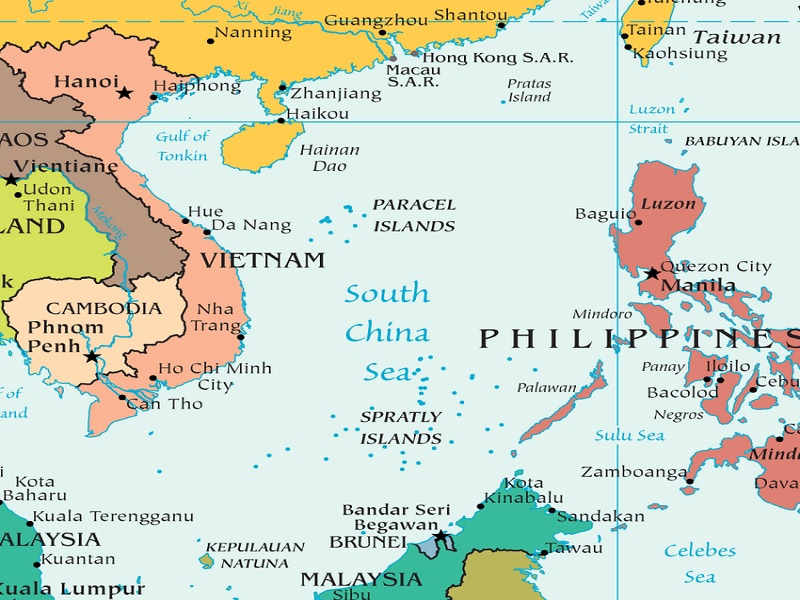Indian policymakers are advised to think twice about the US’ invitation to play a greater role in the South China Sea since it might ultimately end up being a poisoned chalice.
US Assistant Secretary of State for East Asian and Pacific Affairs Daniel Kritenbrink revealed on Wednesday that his country envisages India getting more involved in the South China Sea via the Quad. It would do well to be wary of this, however, since it could spike the dangerous security dilemma that presently afflicts Sino-Indo ties. No matter that the US failed to turn India into its vassal, the People’s Republic will still be inclined to consider that country as such if its navy played a greater role there.
It would be one thing for Indian warships to sail through the South and East China Seas to and from Vladivostok if a logistics pact similar in spirit to the one that was just struck with the US last week was reached with Russia and another entirely to patrol disputed waters together with the Quad. China would of course still be discomfited by the first but would tolerate it due to its strategic ties with Russia, while the second would send alarm bells ringing by making it think that India is trying to contain it.
Any such perception could tip the internal political scales in the People’s Republic towards those hardliners who favor an escalation of tensions with India along their disputed Himalayan border instead of attempting to retain the status quo like their comparatively more dovish counterparts want. Neither China nor India could afford the larger war that would have a greater risk of breaking out by miscalculation in that scenario since it would only serve the US’ divide-and-rule agenda in Asia.
That said, India is already playing a strategic role in balancing China in the latter’s eponymous South Sea without having to do so directly at the expense of the abovementioned scenario unfolding. Its sale of jointly Russian-produced BrahMos supersonic cruise missiles to the US’ increasingly pivotal Philippine ally will bolster the recipients’ capabilities to deter what it regards as Beijing’s maritime transgressions. The same can also be said of its reported talks to sell the same to Indonesia and Vietnam.
Regarding the last-mentioned of those two, India also just gifted its partner an active warship in a milestone for their military partnership. The US’ Ronald Reagan aircraft carrier also recently arrived there too in the first such visit in half a decade, which hints at the potential for multilateral naval coordination between Delhi and Washington with the two countries that are most at odds with China in the region. India can therefore help manage its rival’s rise there via indirect and thus low-cost military means.
Looking forward, it would be wise to stick with this strategy instead of risking the inadvertent exacerbation of China’s suspicions by joining the Quad in exercises that Beijing might interpret as supposedly proving that India allegedly changed its mind on not becoming the US’ vassal. A more direct military role in the South China Sea could backfire, even if it doesn’t lead to a larger war by miscalculation but just China leveraging its media influence to portray India as a US puppet state.
It's important for this globally significant South Asian Great Power to continue its peaceful rise and maintain the world’s perception that it’s a truly neutral actor in International Relations with no interests in taking sides in other countries’ disputes. This reputation is integral to its grand strategic goal of informally leading the Global South with a view towards helping fellow developing countries balance between the US-led West’s Golden Billion and the Sino-Russo Entente in the New Cold War.
For this reason, Indian policymakers are advised to think twice about the US’ invitation to play a greater role in the South China Sea since it might ultimately end up being a poisoned chalice. The prestige that some might expect to accompany this with respect to Western perceptions and those of America’s closest regional allies might be far outweighed by China suspecting that India turned into a US vassal and thus contemplating a first strike across the Himalayas to preempt its supposedly imminent containment.




